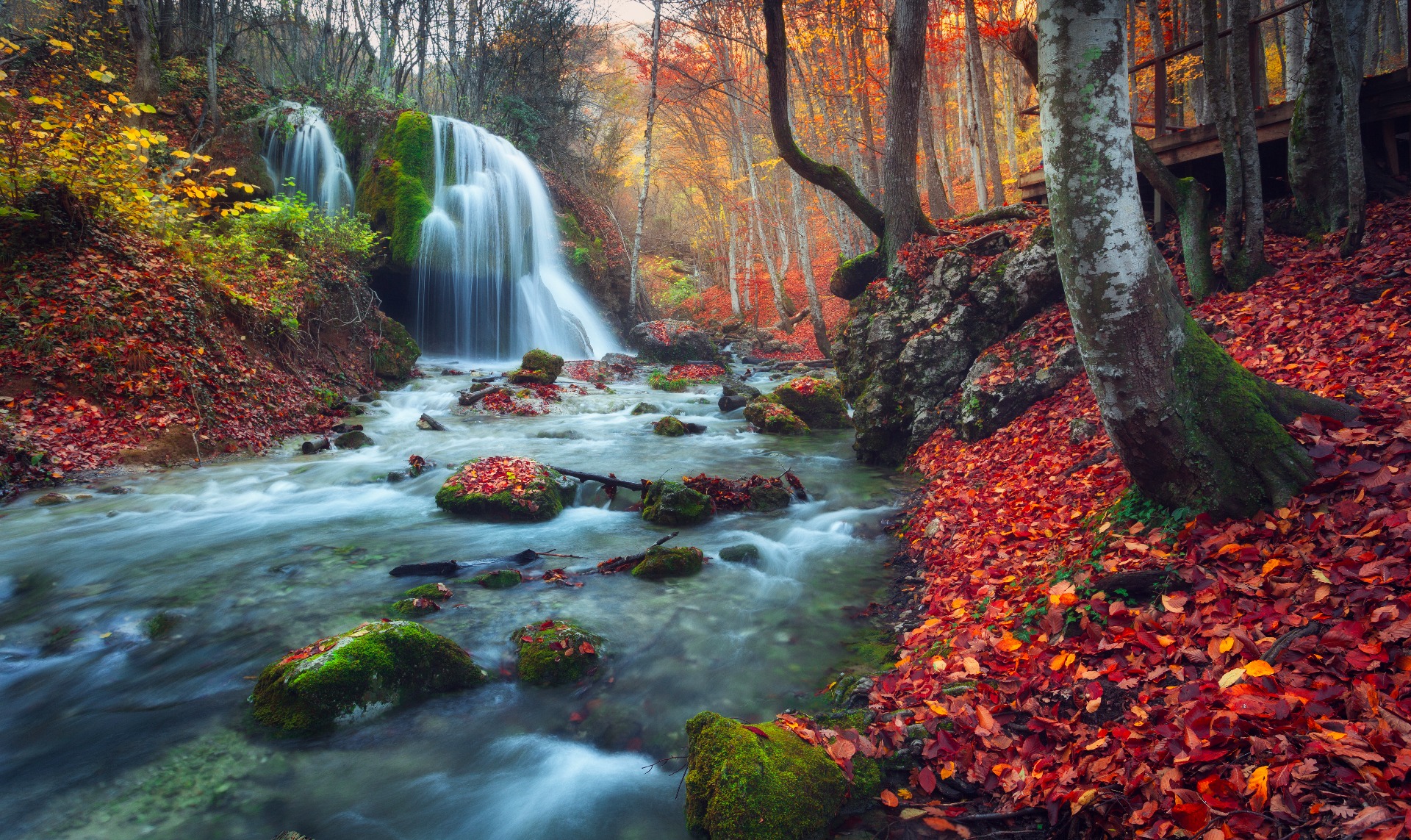
7.4 Practice in Prema-Kanta - following the mood of the gopis
Caitanya Caritamrita 2.8.220-226
sei gopī-bhāvāmṛte yāńra lobha haya
veda-dharma-loka tyaji' se kṛṣṇe bhajaya 220
One who is greedy for the nectar-like love of the gopīs - be yāńra haya haya lobha bhāva-amṛte gopī
renounces the Prescribed Duty (and) traditional views prescribed in the Vedas - tyaji dharma veda loka
He worships (only) Krișna. - se bhajaya kṛṣṇe
Tika: This would be the condition for practicing Rāgānuga Sādhana Bhakti to attain Prema in the state of the enamored gopīs.
Then Caitanya Mahaprabhu asked Rāmanānda Rāy to speak about sādhana (practice) by which one can attain a state like that of the gopis, and thus He begins to explain what is the basis for beginning such practice: the eager desire to love Kṛṣṇa with a love like that of the gopis.
rāgānuga-mārge tāńre bhaje yei jana
sei-jana pāya vraje vrajendra-nandana 221
A person who worships Him in the way of devotion (of the Gopīs - mentioned in the previous verse) - jana yei bhaje tāńre mārge anuga rāga
this person receives the son of the ruler of Vrindavan (Krișna). - sei-jana pāya nandana indra vraja
Tika: These verses do not speak of spontaneous love, as some Vaiṣṇavas translate; anuga means to follow, and raga means affection, attachment, love.
This means that one does not have to have (so-called spontaneous) love for Krișna to follow this path, but one must have the desire to follow the love of the gopis.
vraja-lokera kona bhāva bhāva lañā yei bhaje
bhāva-yogya deha pāññā kṛṣṇa pāya vraje 222
One who worships by accepting the loving state of those who reside in Vrindavan, - yei bhaje lañā lañā bhāva kona lokera vraja
obtains a spiritual body befitting the state of love to get Krișna in Vrindavan. - pāñā deha yogya bhāva pāya kṛṣṇa vraje.
tāhāte dṛṣṭānta - upaniṣad śruti-gaṇa
rāga-mārge bhaji' pāila vrajendra-nandana 223
In this regard for example the personified Upanishads and Vedas, - tāhāte dṛṣṭānta upaniṣad śruti gaṇa
worshipping according to the path of attachment, - bhaji mārge rāga
obtained the son of the ruler of Vrindavan (Krișna). - pāila nandana Indra vraje
Tika: Rāmanānda Rāya gives an example from SB 10.87.23 where the scriptures (which are actually persons) address the Transcendental Lord:
nibhṛta-marun-mano 'kṣa-dṛḍha-dṛḍha-yoga-yujo hṛdi yan
munaya upāsate tad arayo 'pi yayuḥ smaraṇāt
striya uragendra-bhoga-bhoga-bhuja-daṇḍa-viṣakta-dhiyo
vayam api te samāḥ sama-dṛśo 'ńghri-saroja-sudhāḥ 224
The sages controlling the vital air, mind and senses - munayaḥ nibhṛta marut manaḥ akṣa
resolutely engage in yoga (and) worship the One in their heart (the Transcendental Lord). - yujaḥ dṛḍha yoga upāsate yat hṛdi
Even the (so-called) enemies (of the Lord) attain this by remembering (Him), - api arayaḥ yayuḥ smaraṇāt tat
but we Sama (Veda) (and the other scriptures) see You in the same way as the girls (of Vrindavan), - api vayam samāḥ dṛśaḥ te sama striyaḥ
who enjoy your arms like royal serpents - bhoga daṇḍa bhuja indra uraga
and whose minds are drawn to your nectarine feet like lotus. - dhiyaḥ viṣakta ańghri sudhāḥsaroja
sama-dṛśaḥ śabde kahe sei bhāve anugati
samāḥ śabde kahe śrutira gopī-deha-prāpti 225
It is said that (actually) the words 'We see you in the same way' means - kahe śabde dṛśaḥ sama sei
following (Vrindavan girls') love. - anugati bhāve
It is said that (actually) the word sama refers to the Śruti scriptures - kahe śabde samāḥ samāḥ
(who) obtained a body like that of the gopīs (of Vrindavan) - prāpti deha gopī
ańghri-padma-sudhā'ya kahe kṛṣṇa-sańgānanda
vidhi-mārge nā pāiye vraje kṛṣṇa-candra 226
It is said that nectarian feet like lotus - kahe padma sudhā'ya ańghri
(refers to) the ecstasy of association with Krișna - ānanda sańga kṛṣṇa.
Following the way of the previous regulative principles you cannot get (the eternal adolescent form of) Krișna from Vrindavan. - mārge vidhi nā pāiye kṛṣṇa-candra vraje.
